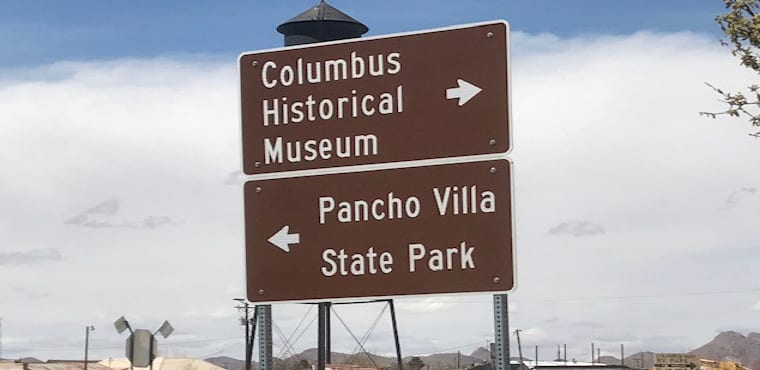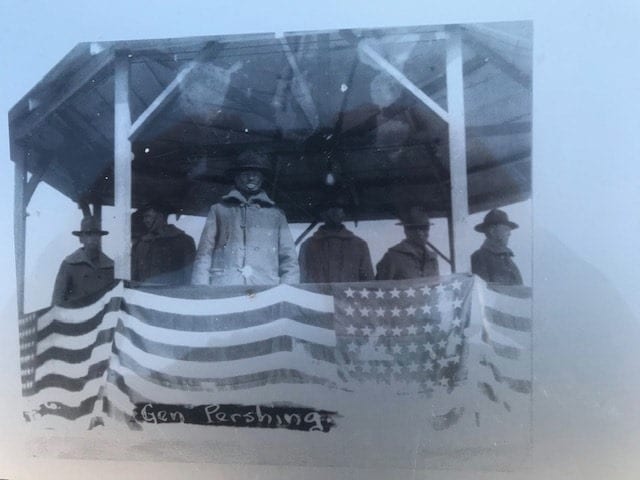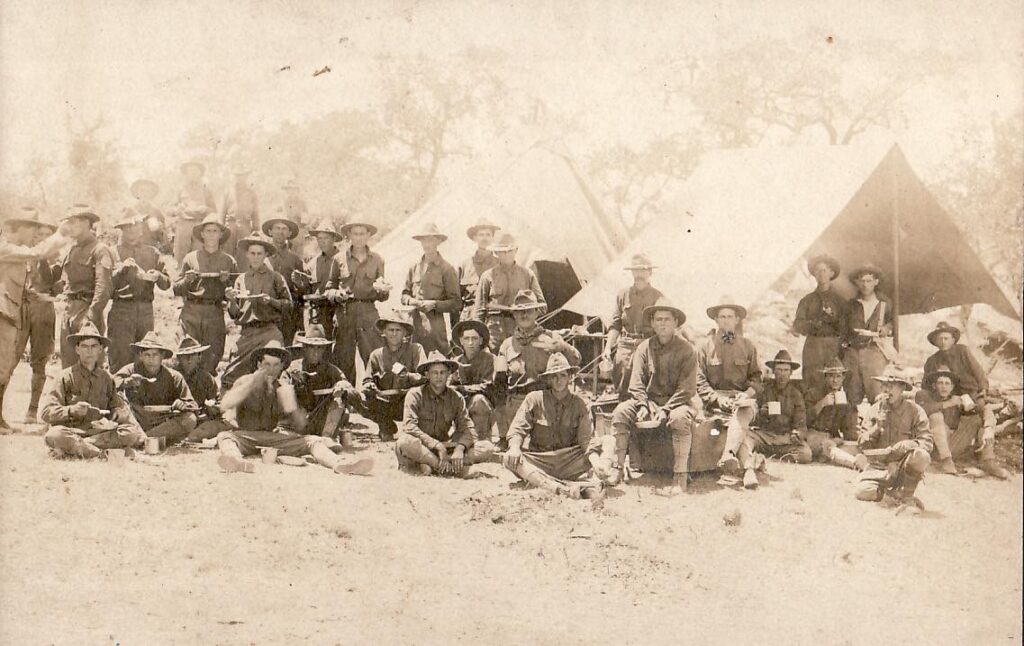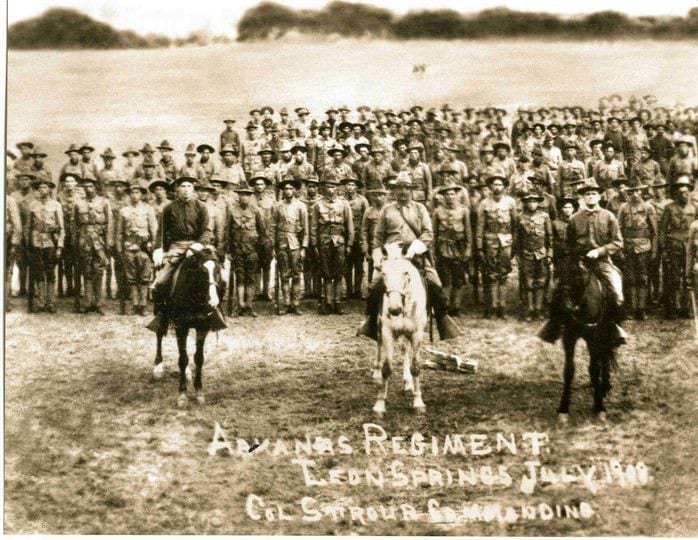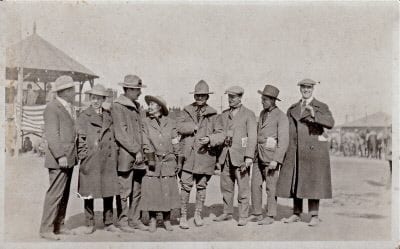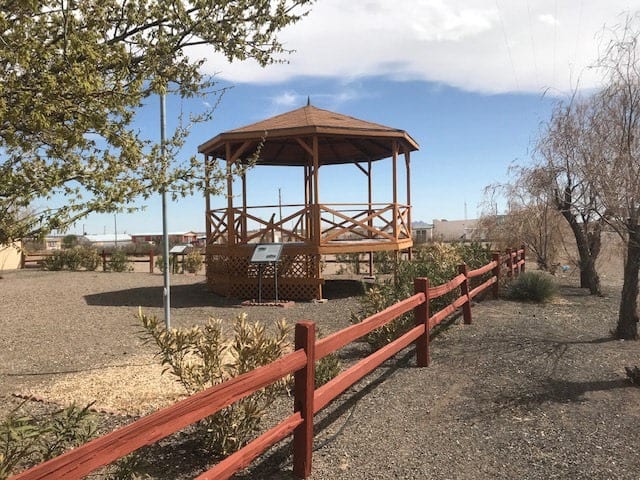By Dr. Curtis Varnell
Southern New Mexico desert, one of the most desolate places in the U.S. Everything you see stings, bites, or has thorns on it. There, in the middle of nowhere, sets the small town of Columbus, New Mexico with a big sign proclaiming itself as the site the famous Mexican bandito Pancho Villa crossed the border and started the Mexican expedition of 1916 and 1917.
His raid on the American border forces resulted in the death of some twenty Americans as well as theft of American military property and the burning of the small railhead town.
Pancho needed supplies to carry out his revolution in Mexico and Columbus looked like an easy target. Probably unexpected, his actions brought swift retaliation from President Woodrow Wilson. Wilson assigned General Blackjack Pershing the job of tracking down the bandit and bringing him to justice.
Needing troops immediately, Pershing called up the National Guard. Troops from small towns throughout the Arkansas River Valley responded. The regional National Guard Commander was Col. Henry Stroupe of Paris. His unit included men from Magazine, Booneville, Paris, Dardanelle and other local towns. After reporting for duty in North Little Rock, the men were shipped by train to Columbus where they joined the 120,000 troops sent to chase Pancho.
Stroupe and his men encamped in tents, sweltering in the desert heat and blowing dust. While the National Guard protected the border, Blackjack and his army crossed into Mexico and pursued the Mexican ghost with little success. Villa was too elusive to allow himself to be trapped, instead fighting a guerilla warfare of secret attacks and then disappearing into the countryside.
One of the few success stories involved future General George Patton. Patton, while on a scouting expedition with twelve other men in three large Dodge touring cars, discovered that Julio Gardenas, one of Villa’s top Generals, was hiding out in a nearby village. Patton, demonstrating some of the traits that later made him famous, immediately attacked the hideout and killed three men, including Gardenas using his famous pearl-handled pistol. It is reported that he placed three notches on his gun, strapped the three dead men to the hood of his touring vehicle, and returned to camp.
After months of pursuing Villa and with WW1 approaching, America declared victory and withdrew. Pershing reviewed the troops, including those from Arkansas, while standing in a raised gazebo in Columbus. The photos of that review stand and the encampment are photos found in our local historical society albums. Pictured are Col. Stroupe and many prominent citizens of our local towns.
Stroupe and his men returned home to a hero’s welcome. Stroupe went on to become mayor of Paris, a state legislator, and ran for governor of the state. The Stroupe building at Arkansas Tech University was later named for him. Many of the men that returned with him, including his son, were later sent to France to fight during WW1.
Many times we have to remind ourselves that we don’t just learn history, we are a part of it. Our young men rubbed shoulders with the famous men of our history books. They suffered, and in many cases died, protecting the hills and valleys that make up our home.

